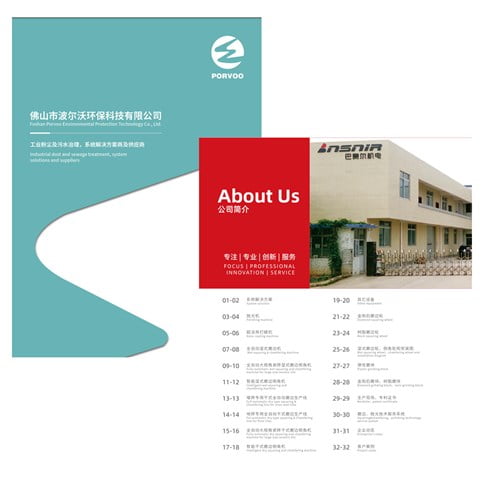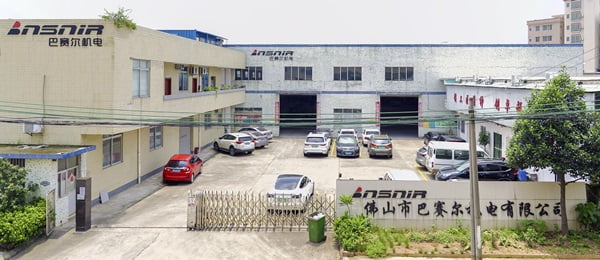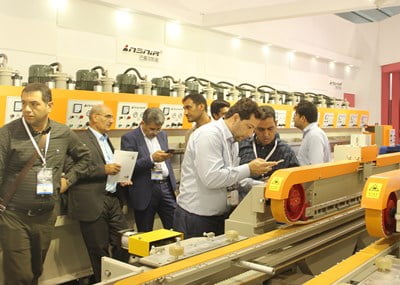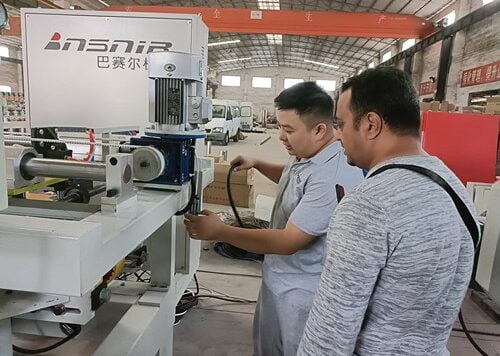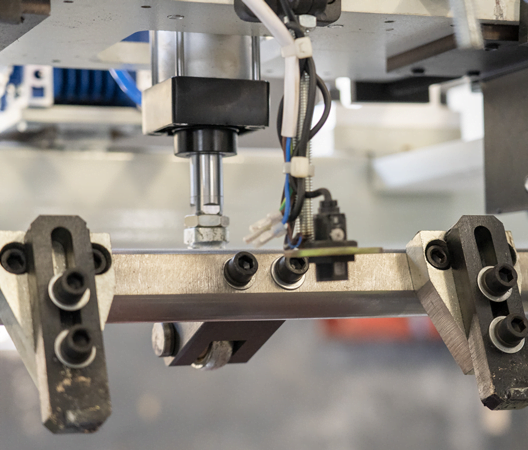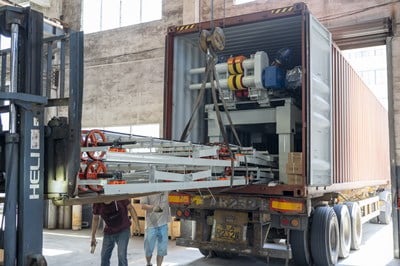Metal-bonded wheels utilize metallic bonding agents, typically bronze or other metal alloys, to hold abrasive particles in a rigid matrix structure. This bonding system creates a durable foundation that maintains dimensional stability under high grinding forces and elevated temperatures.
Metal-Bonded Wheel Construction
The manufacturing process involves sintering metal powders with diamond or other abrasive particles at temperatures exceeding 800°C. This creates a homogeneous structure where the metal matrix provides mechanical support while allowing controlled abrasive exposure. The result is a wheel with predictable wear characteristics and consistent cutting performance throughout its operational life.
Key construction features include uniform particle distribution, controlled porosity for chip clearance, and metallurgical bonding that resists thermal shock. These wheels typically contain 25-75% metal content by volume, with the remainder comprising abrasive particles and controlled void spaces.
Ceramic Wheel Architecture
Ceramic wheels employ vitrified bonding systems that form glass-like bridges between abrasive grains during the firing process. This creates an interconnected network of ceramic bonds that provide structural integrity while maintaining porosity for effective coolant flow and chip evacuation.
The ceramic matrix offers superior chemical stability compared to metal bonds, making these wheels particularly suitable for applications involving reactive materials or aggressive coolants. Manufacturing temperatures reach 1200°C or higher, creating bonds with exceptional hardness and wear resistance.
| Characteristic | Metal-Bonded | Ceramic |
|---|---|---|
| Bond Temperature | 800-900°C | 1200-1300°C |
| Porosity Level | 15-25% | 20-40% |
| Thermal Conductivity | High | Moderate |
| Chemical Resistance | Moderate | Excellent |
How Do Metal-Bonded Wheels Perform in Industrial Applications?
Metal-bonded wheels excel in high-removal-rate applications where aggressive cutting action and dimensional stability are paramount. Our experience with precision diamond squaring wheels demonstrates that metal-bonded variants consistently deliver superior performance in heavy-duty grinding operations.
Thermal Management Capabilities
The inherent thermal conductivity of metal bonds provides excellent heat dissipation during grinding operations. This characteristic becomes crucial when processing heat-sensitive materials or operating at high surface speeds where thermal damage can compromise workpiece integrity.
Testing data from automotive component manufacturing shows metal-bonded wheels maintain cutting efficiency at surface speeds up to 35 m/s while keeping workpiece temperatures below critical thresholds. This thermal management capability translates to improved surface finish quality and reduced risk of metallurgical damage in precision components.
Cutting Force Distribution
Metal-bonded wheels distribute cutting forces more uniformly across the grinding interface due to their rigid matrix structure. This characteristic results in reduced vibration levels and improved dimensional accuracy, particularly important in precision squaring applications where geometric tolerances are tight.
However, the rigid nature of metal bonds can present challenges when processing brittle materials prone to chipping or when extreme surface finish requirements demand more controlled cutting action.
Operational Longevity
Industrial case studies indicate metal-bonded wheels typically achieve 40-60% longer operational life compared to conventional bonded alternatives in high-volume production environments. A recent analysis of ceramic tile manufacturing operations showed metal-bonded squaring wheels processed 25,000 linear meters before requiring replacement, compared to 18,000 meters for comparable ceramic-bonded wheels.
What Makes Ceramic Wheels Stand Out for Precision Work?
Ceramic bonding systems offer unique advantages in precision grinding applications where surface finish quality and dimensional accuracy take priority over material removal rates. The vitrified structure provides controlled grain release and consistent cutting geometry throughout the wheel’s operational life.
Surface Finish Optimization
The porous structure of ceramic bonds facilitates improved coolant penetration and chip evacuation, resulting in superior surface finish characteristics. Laboratory testing demonstrates ceramic wheels consistently achieve Ra values 20-30% lower than metal-bonded alternatives when processing hardened steels and technical ceramics.
Self-Sharpening Characteristics
Ceramic bonds exhibit controlled fracturing behavior that continuously exposes fresh abrasive particles as grinding progresses. This self-sharpening action maintains consistent cutting efficiency without the power increases typically associated with wheel wear progression.
Manufacturing data from precision optics production shows ceramic wheels maintain cutting forces within ±5% of initial values throughout 80% of their operational life, compared to ±15% variation observed with metal-bonded wheels.
Chemical Compatibility
The chemical inertness of ceramic bonds makes these wheels particularly suitable for applications involving reactive coolants or when processing materials that interact adversely with metallic components. This compatibility extends wheel life and prevents contamination issues in sensitive manufacturing environments.
| Application | Metal-Bonded Advantage | Ceramic Advantage |
|---|---|---|
| High removal rates | Superior | Good |
| Surface finish quality | Good | Superior |
| Thermal sensitivity | Excellent | Moderate |
| Chemical resistance | Moderate | Excellent |
Which Material Delivers Better Cost-Effectiveness?
Cost analysis requires examining both initial investment and operational expenses throughout the wheel’s service life. While ceramic wheels typically command 15-25% higher initial costs, their performance characteristics can justify this premium in specific applications.
Initial Cost Considerations
Metal-bonded wheels generally offer lower acquisition costs due to simpler manufacturing processes and readily available raw materials. The sintering temperatures required for metal bonds are lower than ceramic firing requirements, reducing energy costs and production time.
Bulk purchasing scenarios often favor metal-bonded wheels, with quantity discounts reaching 20-30% for large orders. This cost advantage becomes significant in high-volume production environments where wheel consumption is substantial.
Operational Cost Analysis
Total cost of ownership calculations must include wheel replacement frequency, machine downtime, and quality-related factors. A comprehensive study of manufacturing operations revealed that while ceramic wheels cost more initially, their extended life in precision applications resulted in 12% lower total operational costs over 12-month periods.
According to grinding technology specialist Dr. James Morrison, “The true cost metric isn’t wheel price per unit, but rather cost per part produced with acceptable quality levels.”
Productivity Impact Assessment
Metal-bonded wheels enable higher material removal rates, potentially increasing throughput by 25-40% in roughing operations. This productivity advantage can offset higher wheel consumption rates when production volume requirements are high and surface finish requirements are moderate.
Conversely, ceramic wheels reduce secondary finishing operations through superior initial surface quality, eliminating costs associated with additional processing steps and improving overall manufacturing efficiency.
How Do These Wheels Compare in Durability and Longevity?
Durability encompasses both wear resistance and operational stability under varying conditions. Each bonding system exhibits distinct wear patterns and failure modes that influence replacement scheduling and maintenance planning.
Wear Pattern Analysis
Metal-bonded wheels typically exhibit uniform radial wear with minimal profile distortion throughout their operational life. This predictable wear pattern simplifies truing operations and enables accurate service life estimation. Dimensional measurements from production environments show metal-bonded wheels maintain profile accuracy within 0.005mm over 70% of their service life.
Ceramic wheels may experience more variable wear patterns depending on application conditions, but their self-sharpening characteristics can extend effective cutting life beyond simple dimensional wear measurements.
Environmental Resistance
The thermal shock resistance of metal bonds provides advantages in applications with significant temperature fluctuations. Testing protocols involving rapid heating and cooling cycles demonstrate metal-bonded wheels retain structural integrity through 500+ thermal cycles, while ceramic wheels may develop micro-cracks after 300-400 cycles.
However, ceramic wheels excel in chemically aggressive environments where metal bonds might experience corrosion or chemical degradation. This advantage proves crucial in applications involving acidic coolants or when processing materials that generate corrosive byproducts.
Failure Mode Characteristics
Metal-bonded wheels typically fail through gradual dulling rather than catastrophic breakdown, providing operational warnings and allowing planned replacement scheduling. Ceramic wheels may exhibit sudden performance degradation when bond failure occurs, potentially requiring more frequent monitoring and preventive replacement strategies.
What Are the Key Performance Differences?
Performance differentiation extends beyond basic cutting capability to encompass factors like vibration characteristics, power requirements, and workpiece quality consistency. Understanding these differences enables optimization of grinding operations for specific manufacturing requirements.
Cutting Efficiency Metrics
Comparative testing using standardized grinding conditions reveals metal-bonded wheels achieve material removal rates 30-45% higher than ceramic alternatives when processing common industrial materials. However, this advantage diminishes when surface finish requirements necessitate multiple passes or reduced cutting parameters.
Power consumption analysis shows metal-bonded wheels require 18% more spindle power on average due to their aggressive cutting action, while ceramic wheels operate more efficiently at lower power levels while maintaining acceptable productivity.
Vibration and Stability
The rigid structure of metal-bonded wheels contributes to lower vibration amplitudes during grinding operations. Accelerometer measurements indicate vibration levels 25% lower than ceramic wheels under identical operating conditions, resulting in improved surface finish quality and extended spindle bearing life.
This stability advantage becomes particularly pronounced in high-speed applications where dynamic balance and structural rigidity are critical for maintaining cutting precision.
Quality Consistency
Process capability studies demonstrate ceramic wheels provide more consistent dimensional results across production runs, with Cpk values averaging 1.8 compared to 1.4 for metal-bonded wheels in precision grinding applications. This consistency advantage can justify higher initial costs in applications where quality requirements are stringent.
How to Choose Between Metal-Bonded and Ceramic Options?
Selection criteria should align wheel characteristics with specific application requirements, considering both technical performance and economic factors. The decision framework involves evaluating material properties, production requirements, and quality specifications.
Application-Specific Selection Guidelines
For high-volume production environments prioritizing material removal rates and operational simplicity, metal-bonded wheels typically provide optimal value. Their predictable performance and robust construction suit applications where throughput requirements exceed surface finish considerations.
Precision manufacturing operations benefit from ceramic wheels when surface quality specifications are critical and production volumes allow for higher wheel costs. The superior finish quality and dimensional consistency of ceramic wheels justify their premium in aerospace, medical device, and optical component manufacturing.
Economic Decision Framework
Calculate total cost per part produced rather than focusing solely on wheel acquisition costs. Include factors such as:
- Wheel replacement frequency
- Machine availability and downtime costs
- Secondary processing requirements
- Quality-related scrap and rework expenses
A ceramic component manufacturer reported 22% reduction in total grinding costs after switching from metal-bonded to ceramic wheels, despite 30% higher initial wheel costs.
Performance Optimization Strategies
Regardless of bonding system selection, optimize grinding parameters for the chosen wheel type. Metal-bonded wheels perform best with higher cutting speeds and feed rates, while ceramic wheels excel with moderate parameters that allow their self-sharpening characteristics to function effectively.
Consider advanced diamond squaring wheel technologies that combine optimized bonding systems with precision manufacturing to achieve superior performance in demanding applications.
The choice between metal-bonded and ceramic squaring wheels ultimately depends on balancing performance requirements with economic constraints. Metal-bonded wheels excel in high-removal applications where durability and thermal management are paramount, while ceramic wheels provide superior surface finish quality and dimensional consistency for precision work.
Industry trends indicate increasing adoption of hybrid approaches, where manufacturers utilize both wheel types strategically across different production stages. This dual-wheel strategy optimizes productivity in roughing operations while achieving precision requirements in finishing stages.
Consider your specific material requirements, production volume targets, and quality specifications when making this critical decision. The investment in appropriate wheel technology pays dividends through improved productivity, consistent quality, and reduced operational costs. What challenges does your manufacturing operation face that could benefit from optimized wheel selection strategies?
For comprehensive solutions in precision grinding applications, explore the complete range of professional squaring wheel options designed to meet diverse industrial requirements.
Frequently Asked Questions
Q: What are metal-bonded and ceramic squaring wheels, and how are they used?
A: Metal-bonded and ceramic squaring wheels are specialized tools used in the manufacturing process of ceramic tiles. Metal-bonded wheels combine metal powders with diamonds for a durable structure, ideal for high-volume production due to their extended tool life. Ceramic squaring wheels, on the other hand, typically refer to the use of diamond tools (often confused with ceramic materials) that are primarily used for precision and surface finish quality. These tools are crucial for achieving straight and smooth edges on ceramic tiles.
Q: What are the primary differences between metal-bonded and resin-bonded squaring wheels?
A: Metal-bonded squaring wheels offer longer tool life and are best suited for high-volume applications, while resin-bonded wheels provide superior surface finish quality. Resin-bonded wheels are more flexible and can be used for final polishing operations, making them ideal for applications requiring high precision and smoothness.
Q: How do metal-bonded vs. resin-bonded squaring wheels impact production efficiency and cost?
A: Metal-bonded squaring wheels enhance production efficiency by extending tool life, reducing the need for frequent replacements. However, they may require more power and maintenance. Resin-bonded wheels, while more expensive initially, offer better surface quality with less power consumption, which can lead to overall cost savings in refined production processes.
Q: What factors should be considered when choosing between metal-bonded and resin-bonded squaring wheels for ceramic tile manufacturing?
A: When selecting between metal-bonded and resin-bonded squaring wheels, consider the following factors:
- Production Volume: Metal-bonded wheels are better for high-volume production.
- Surface Finish: Resin-bonded wheels provide superior surface quality.
- Cost: Metal-bonded wheels are generally less expensive initially but may require more maintenance.
- Tile Type: Different tile types (e.g., porcelain, vitrified) may require specialized wheels for optimal results.
Q: What advancements have been made in squaring wheel technology recently?
A: Recent advancements in squaring wheel technology include the development of more durable diamond abrasives, hybrid bonding systems that combine the strengths of different materials, and specialized wheels designed for specific tile types. These innovations aim to improve cutting efficiency, reduce downtime, and enhance overall production quality.
External Resources
- The Ultimate Guide to Squaring Wheels for Ceramic Tiles – Provides an in-depth overview of squaring wheel types, with detailed technical comparisons including metal-bonded and other bond types relevant for ceramics manufacturing.
- The Definitive Guide to Squaring and Chamfering Wheels – Basair – Explains how different wheel bonds, including metal and ceramic, affect performance, tool longevity, and manufacturing outcomes in tile production.
- The Ultimate Guide to BASAIR’s Diamond Squaring Wheels for Ceramic Tiles – Highlights the materials and bond types used in diamond squaring wheels, comparing metal bond and resin bond attributes for ceramics applications.
- Ultimate Guide to Dry Diamond Squaring Wheels for Ceramic Tile – Details the important differences between metal bond and resin bond diamond squaring wheels used for ceramic tile, including guidance on tool selection.
- How To Select The Right Bond Type – Continental Diamond Tool – Outlines various bond types including metal, ceramic (vitrified), and resin, with a focus on their strengths, usage scenarios, and suitability for ceramics and other hard materials.
- Grinding Wheel Bonds Explained: Types, Uses, & Strengths – Reviews major grinding wheel bond types including metal and vitrified (ceramic), comparing properties and application relevance for tile and hard material finishing.

